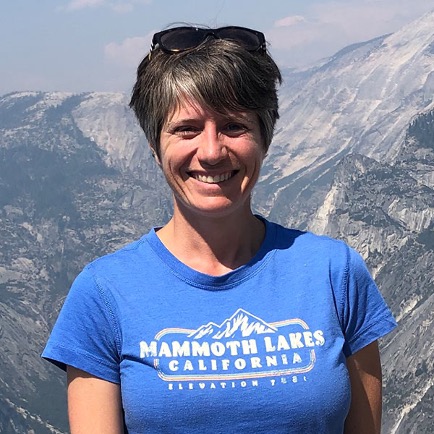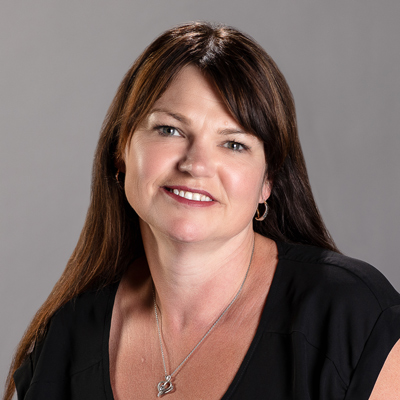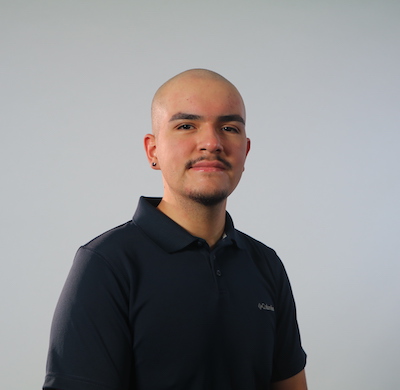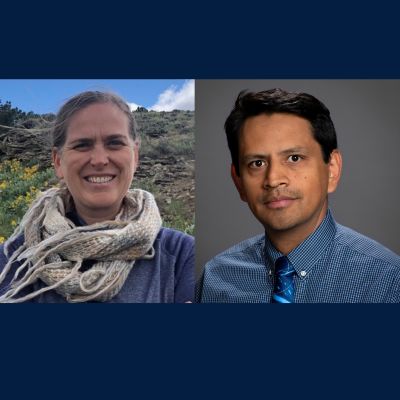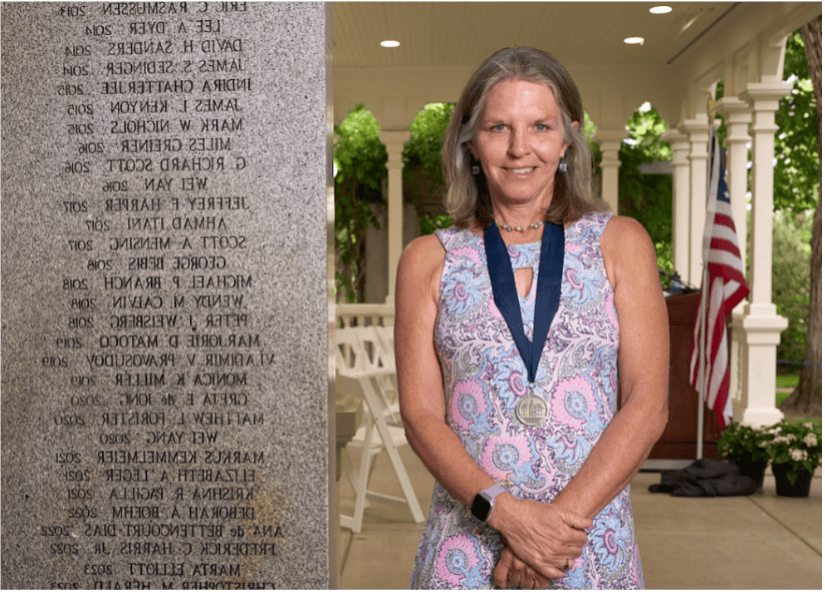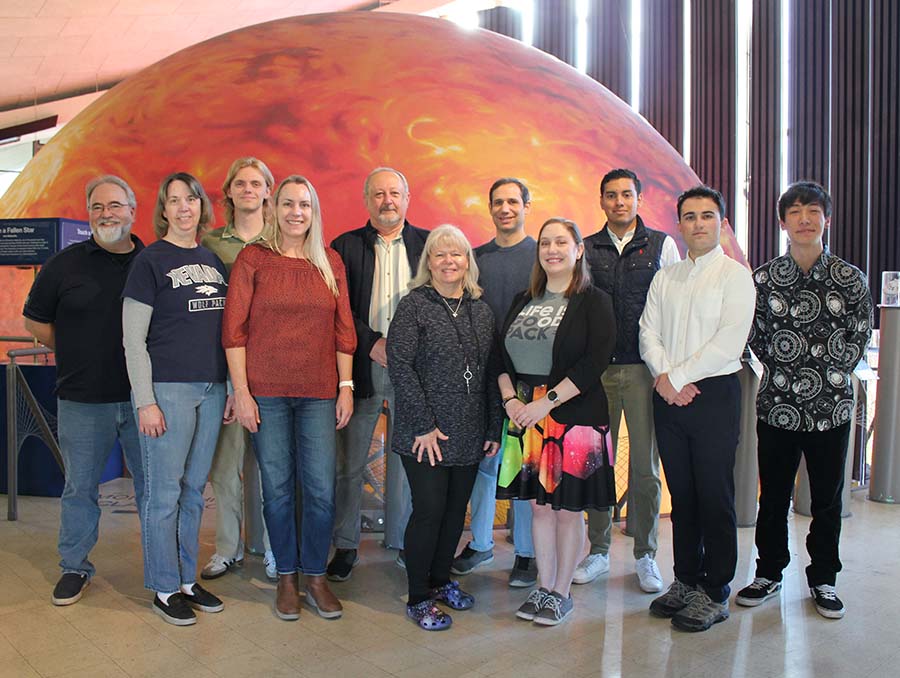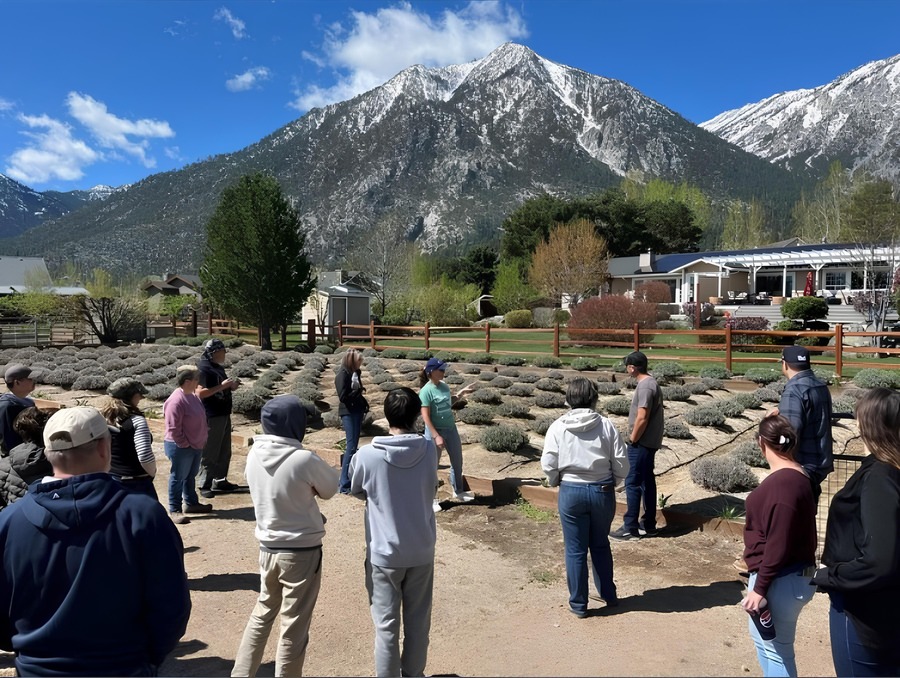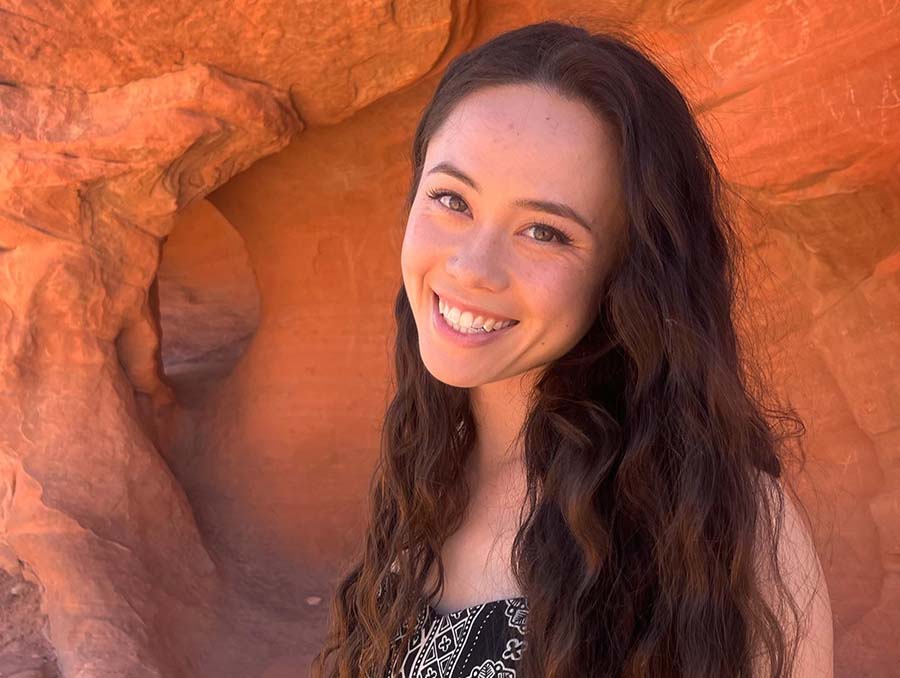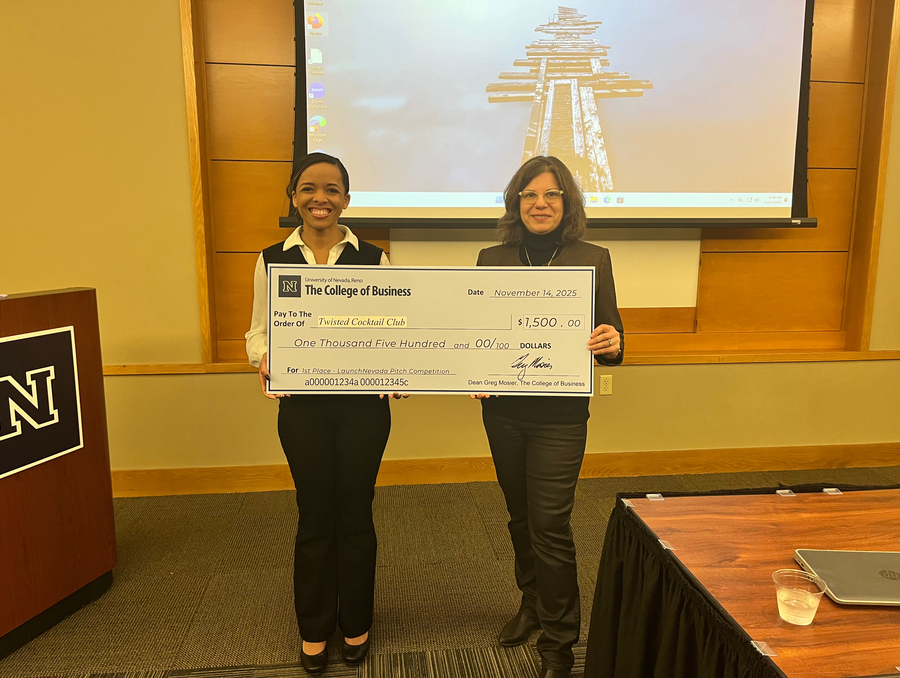The Optimism Series: There are over 100 solutions we can implement now to curb the effects of climate change
Associate Professor Julie Loisel in the Department of Geography outlines some of the solutions we can implement to aid in the global fight against climate change
In honor of Mental Health Awareness Month, the College of Science has asked researchers across a range of disciplines to share how they remain optimistic in the face of the many challenges of today, particularly within the field of science.
When it comes to climate change, there are prophets, and there are wizards. Don’t quote me on this; I am stealing those terms from one of Charles C. Mann’s books on the environmental movement. We’ve all heard plenty from both prophets and wizards in the news, online, in our classrooms, at family dinners; even in courthouses and Congress. Prophets are environmentalists who shake their fist at the sky, exhorting humanity to stop disrupting nature if we are to avoid a tragic future. Wizards are techno-optimists who believe that humanity will find technological fixes to get us out of any and all trouble. When it comes to discussing climate-related issues, do you think of yourself as a prophet or a wizard? Personally, I would argue that we need both voices to address sustainability for future generations. Prophets tend to have deep knowledge of the world around us and they should sound the alarm as we approach doomsday scenarios; wizards actively engage in developing solutions needed to avoid, or at least adapt to, said doomsday scenarios. Being an eternal optimist, my makeup is about 80% prophet, 20% wizard.
The wizard in me wants you to know that there are well over 100 solutions to climate change! And here again, you don’t have to take my word for it… there are multiple organizations tackling climate change head on. One of my favorite sources of information (and inspiration) is Project Drawdown, a group with a realistic gameplan to reverse global warming by 2050. They propose to scale up a bunch of available and financially viable climate solutions. You probably already know multiple solutions that involve “reducing carbon emissions,” such as solar and wind energy sources, alternative cements, regenerative agriculture and reducing food waste. About the latter: did you know that roughly one-third of the world’s food is never eaten and that stopping the production and waste of this food would reduce carbon emissions by 88-100 gigatons of carbon dioxide by 2050?
Some of my favorite ideas are related to “supporting natural carbon sinks,” though these solutions tend to be much less known by the general public. For example, restoring tropical rainforests would allow for 50-85 gigatons of carbon dioxide to be naturally captured by these ecosystems by 2050.
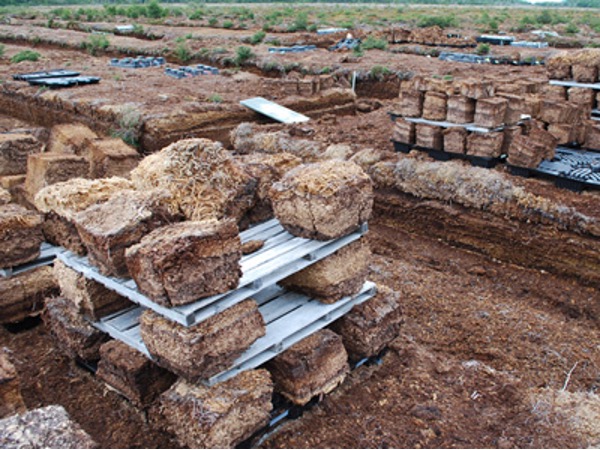
My all-time favorite solution has to do with peatlands, the unsung heroes of natural carbon capture. Protecting natural peatlands would ensure that the carbon contained in their soils (over 600 gigatons of it!) stays into the ground rather than getting emitted into the atmosphere, as it happens when these organic soils are drained and degraded through land conversion.
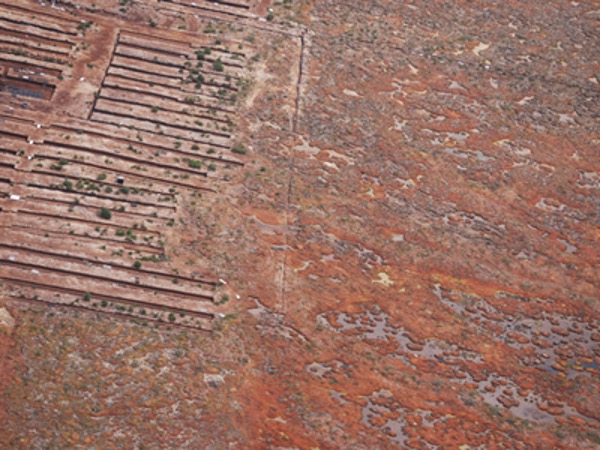
Sadly, peatlands are being lost at a rate about three times greater than forests, and a lot of this is because people don’t know the importance of these ecosystems in carbon conservation. Looking at all solutions available to us right now, Project Drawdown has done the work (and the math!) for us, listing and combining the potential carbon benefits from each climate solution. They think that about two-thirds of our climate solutions need to come from reducing and replacing fossil fuel for energy. The other one-third will come from supporting and revitalizing nature’s carbon sinks.
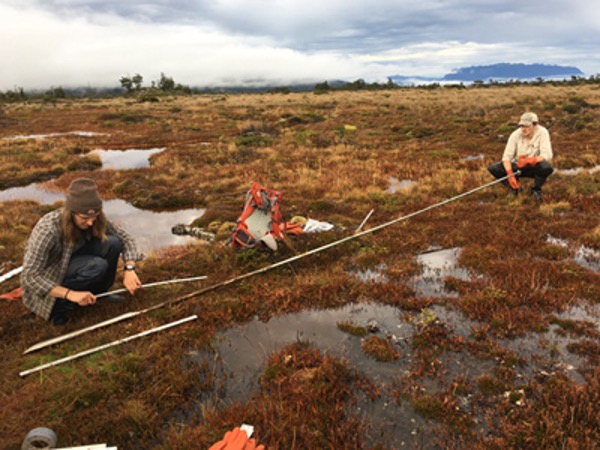
All of this to say that climate change is a wicked problem with no “silver bullet” solution. If there is one thing that I want everyone to remember, it’s that simple fact. If we are looking for the miracle pill, we will fail. I often hear arguments like, “Electric cars (or solar panels, or you-name-it new tech) won’t solve climate change.” In itself, these statements are probably true. We must use all the tools at our disposal to “chip away” at climate change from all angles. One day, hopefully within the next decade or so, we will reach the point where levels of greenhouse gases in the atmosphere stop climbing and instead, they will start to decline steadily. When the Intergovernmental Panel on Climate Change (commonly known as the IPCC) talks about “bending the curve,” this is what they are talking about. Reaching that point, where we begin the process of stopping further climate change and averting potentially catastrophic warming, is a critical turning point for life on Earth. I am here to tell you that there are opportunities for all of us (big enterprises and small people) to take action and advance climate solutions.
Martin Luther King, Jr. once famously said “I have a dream.” The situation he was denouncing was bleak; perhaps bleaker than the climate crisis. But he didn’t say: “I have a nightmare and let me tell you all about it.” Rather, he had a vision for the future, and he shared it with those willing to listen. In a way, the issue of climate change is similar: we can build the future that we want. The prophet can prophesize all day about doom-and-gloom climate change scenarios (and it is important to do that), but we also need wizards to think big and boldly about how to address our problems. I don’t know about you… but I strive at building a world of opportunity where everyone behaves their best, lives in harmony, and respects the environment. And I am confident that we can get there, together.
About the author
Julie Loisel is an associate professor of geography, a National Geographic Explorer, and a co-author of the latest IPCC Climate Change Assessment. Loisel studies wetlands and peatlands from all over the world to quantify their role in the global carbon cycle and understand their feedback on the climate system.

